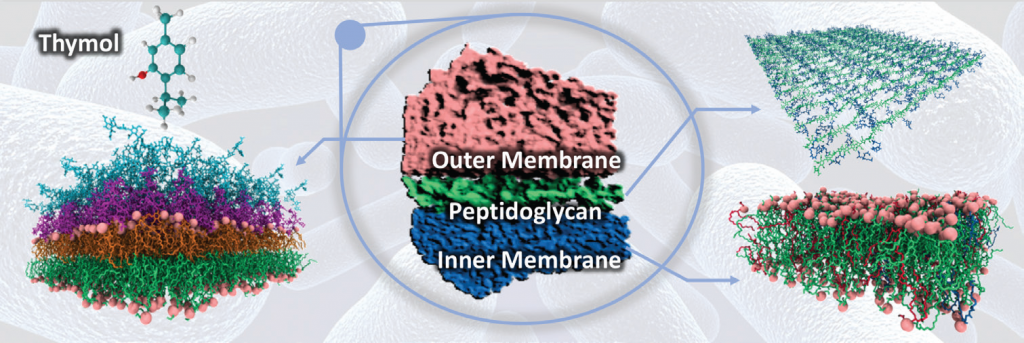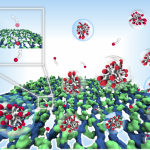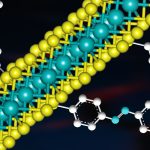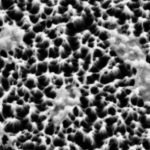
Researchers from the Departments of Chemical Engineering and Physics, along with Unilever R&D, have developed improved laboratory and computer models to understand how antibacterial compounds can penetrate bacterial membranes.
In one study, using lipid mobility as a marker for entrance of thymol – an antibacterial molecule used in personal hygiene products – the group revealed the location of barriers present in the membrane. They found that increased phospholipid content in the outer membrane allowed thymol to penetrate it.
In another study, they developed a simplified molecular model of the membrane’s peptidoglycan layer, which is expected to reduce the computational effort by several hundred-fold. Using this model, small molecules such as thymol were found to rapidly pass the peptidoglycan layer.
The studies illustrate the ability to recreate models that can be used to test the passage of small molecules through complex bacterial membranes. This opens up the possibility of screening potential antibiotics, and the development of novel drug molecules to combat bacterial infections.
– with inputs from the authors






